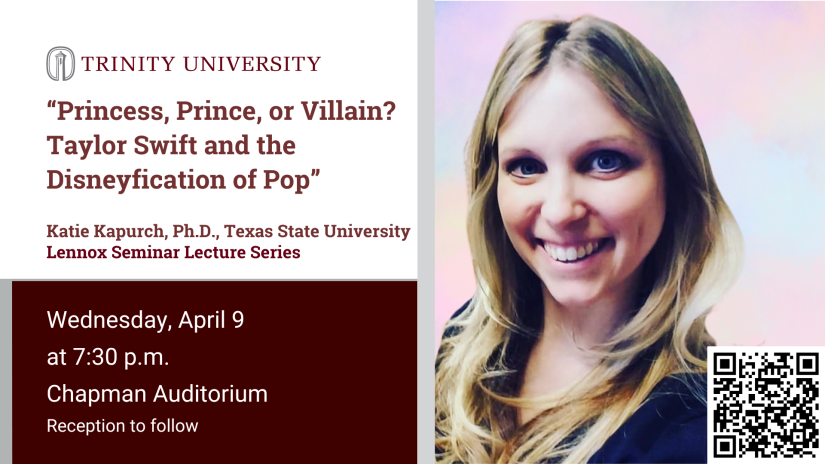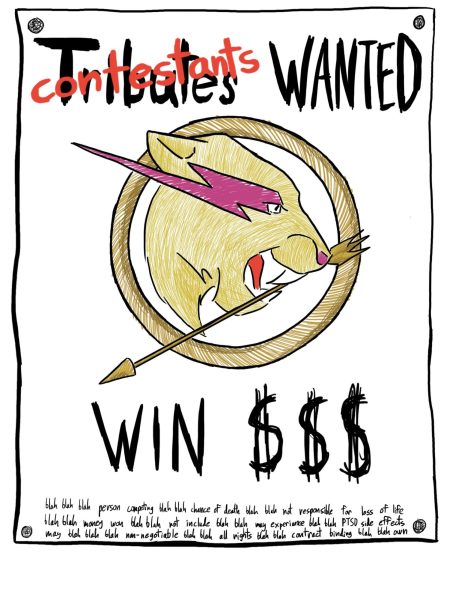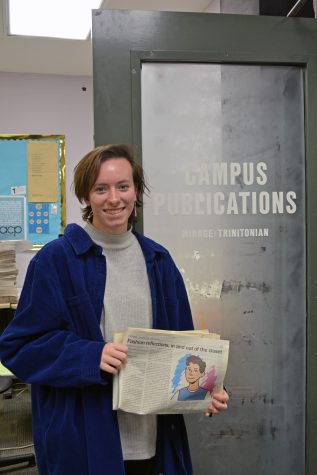The Triumphant rebirth of San Antonio’s orchestra
Last weekend, San Antonio saw the rebirth of its orchestra as the new San Antonio Philharmonic
As darkness descended on downtown San Antonio, people filed into the light of the First Baptist Church. As they were ushered from the lobby to their chairs, an excited murmur ran through the crowd. This was to be the debut concert of the San Antonio Philharmonic. When everyone was finally hushed and seated, after two national anthems played in succession, guest conductor Ken-David Mauser introduced the evening.
“A city without a symphony orchestra is a city without a soul. … The city has lost its great orchestra and today, it has found it again,” he said.
After years of funding issues, the San Antonio Symphony went on strike last September, when the Symphony’s management demanded it is cut from 72 to 46 full-time players, along with a reduction in pay and a slash of benefits. David Mollenauer, Trinity cello professor and part of the San Antonio Symphony for 30 years, explained the strike’s rationale.
“[When] you’re not making enough money you cut down on your workforce, [but] it doesn’t work that way with a symphony orchestra,” Mollenauer said. “You end up destroying your product. There [was] no way of going forward. We [had] too much integrity in what we did and what we’ve built to allow the slashing of the orchestra to happen.”
After nine months of striking to no avail, the San Antonio Symphony was dissolved, and its assets liquidated.
“It was an incredible blow not just to us, but I think to the community as well,” Mollenauer said. “This city has had a great orchestra for over 80 years, the oldest professional orchestra in Texas. There’s a great history behind this orchestra which has just gotten tossed.”
Since then, the lost and liquidated orchestra has emerged from its dissolution as a musician-led coalition with a new season, a new brand and what many hope to be the beginnings of a new trajectory as the San Antonio Philharmonic. Jeremy Brimhall, director of education and community engagement of the Philharmonic expressed his optimism about the situation.
“It’s really exciting to turn over a new leaf with a completely new organization, new non-profit, new name, new group of administrators and board that have a new focus. … We are thrilled to continue to ride the tide of support that we’re seeing in the community,” Brimhall said.
The new season, titled “Forward Together/Adelante Juntos,” echoes the sentiment, offering 10 classic concerts, three pop concerts and a host of youth concerts at local high schools, along with mini-concerts at various branch locations of the San Antonio Public Library.
The debut show on Sept. 16 was designed to display the range of the new Philharmonic. They played a piece by hometown composer Ethan Wickman who was in attendance for the piece’s debut, appropriately titled “Emergent.” The Philharmonic then played Brahms’ “St. Anthony Variations” in honor of the town’s namesake, a rousing rendition of Prokofiev’s “Romeo and Juliet” and what some have described as “the world’s longest crescendo” in Ravel’s “Bolero.”
Backstage, after many rounds of applause, Mauser shared his thoughts on the show.
“I could feel they left everything out there. … This was an absolutely amazing performance for me, a gift for everyone out there but for me especially … I couldn’t be happier. I know this is the beginning of a wonderful thing,” aid Mauser.
Mauser wasn’t alone in the sentiment. Two longtime symphony goers, Sage and Rick Austin, who drove two hours to see the new Philharmonic, were impressed with the evening’s performance.
“[It was] unbelievably great. Watching Mauser conduct … I’m sure the musicians loved playing under him. It helps to be precise but expressive and he did both. He got a lot out of the performers,” Rick said.
“We’re buying season tickets,” Sage said. “When we got the email saying that they were doing a Philharmonic themselves, we decided to come on out to show our support. We certainly have felt the pain the symphony has had with the lack of funding. … I know that it’s really the job of the fundraisers, not the musicians.”
Mollenauer explained further that with this “heroic effort” of self-run presentations, they hope to spark realizations that this is an important part of the community.
“The orchestra sounds great and people are fired up,” Mollenauer said. “That says to me that there’s something here. This is a great group of people. They want to play. And they should be supported. And it would be a complete travesty for this to be truly gone. … It’s wonderful for the orchestra to be playing again and to be playing for the community. I’m just hopeful that the message will get out there. Music is more important than fighting over money.”
With reservations, students can watch rehearsals for free and attend concerts for just $10. For more information, visit their website at saphil.org.












Music Lover • Sep 29, 2022 at 7:16 am
I’m go glad to know they found a way to keep the orchestra the way it should be with 72 full-time musicians! Way to go Philharmonic!
Old Alum • Sep 23, 2022 at 10:14 am
The leadership of the former San Antonio Symphony had one job, and they were spectacularly bad at it: raising funds for the endowment every professional orchestra needs to survive. There is plenty of money in San Antonio (seen Trinity’s endowment recently, even after the recent market decline?) but they were spectacularly uninterested in going after it. This went on for decades and it’s probably for the best that they finally gave up and let someone else with a clue try.
Thanks for the story.